
Other tech categories may grab the headlines, but the concept of a smart home has been largely driven by IP-based surveillance cameras. These cameras are now sold at very affordable price points, with manufacturers looking to stand out from one another to grab what has become a reinvigorated market segment.
There are more models available than this list could manage, though what is below includes some of the most popular and well-known devices currently out there.
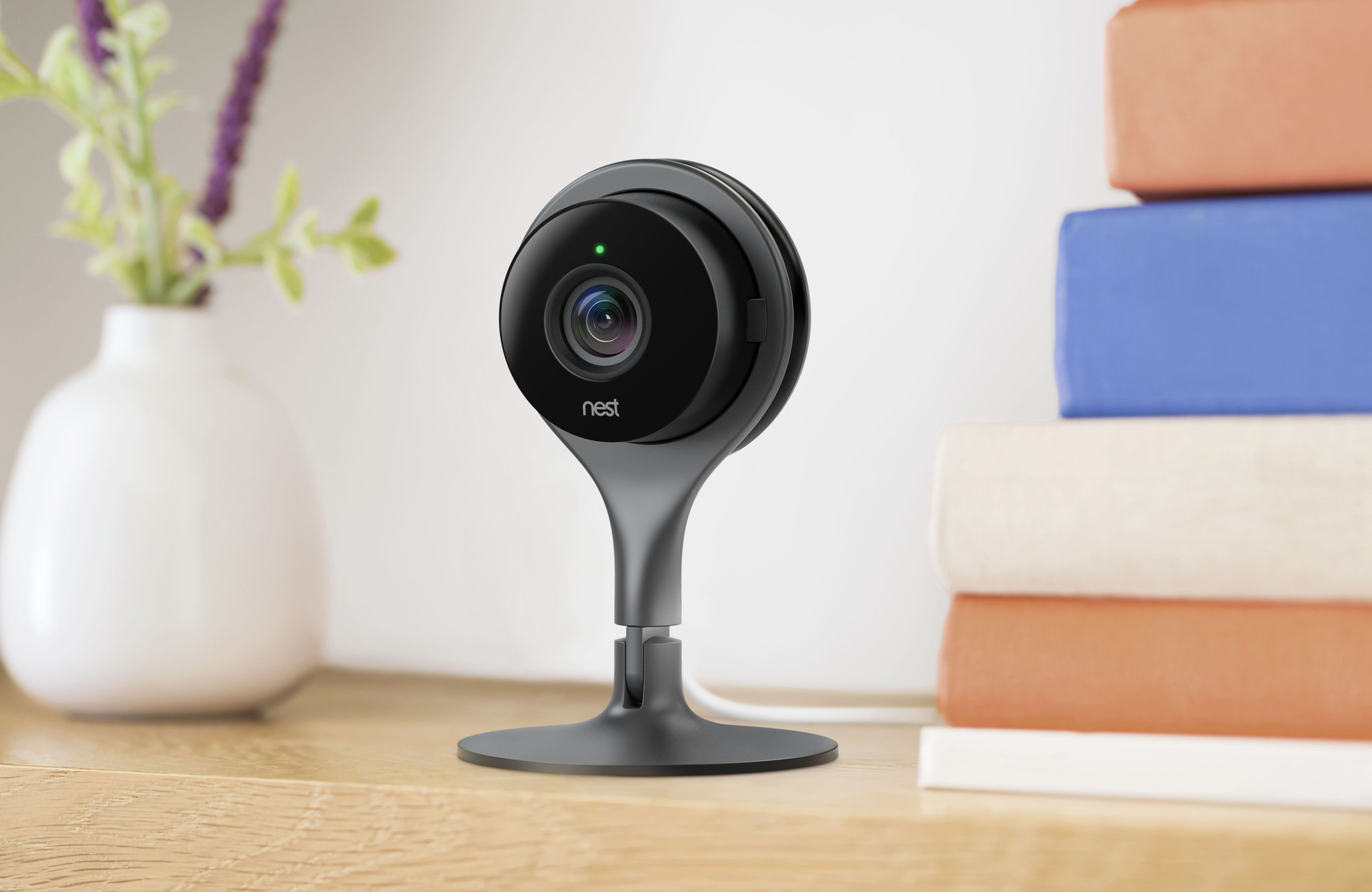
Nest Cam
The Nest Cam was borne out of the capability of the Dropcam and the brand recognition of Nest. Rather than reimagining the device, Nest maintained much of the same functionality, yet tweaked it enough to give it a slightly skinnier frame and a bump in specs. It’s not as deep or even as robust as others from competitors, but there’s still a lot to like about it.
Resolution: 1080p
Field of view: 130-degrees
Cloud subscription: Nest Aware, $10/month or $100/year for 10 days of footage
Accessibility: iOS, Android and web browser
Price: $219
Pros: Easy setup, night vision; integrates with Nest Thermostat; magnetic base with pivoting stand; good app
Cons: Delayed motion alerts; no outdoor use; not enough to upgrade from a Dropcam Pro
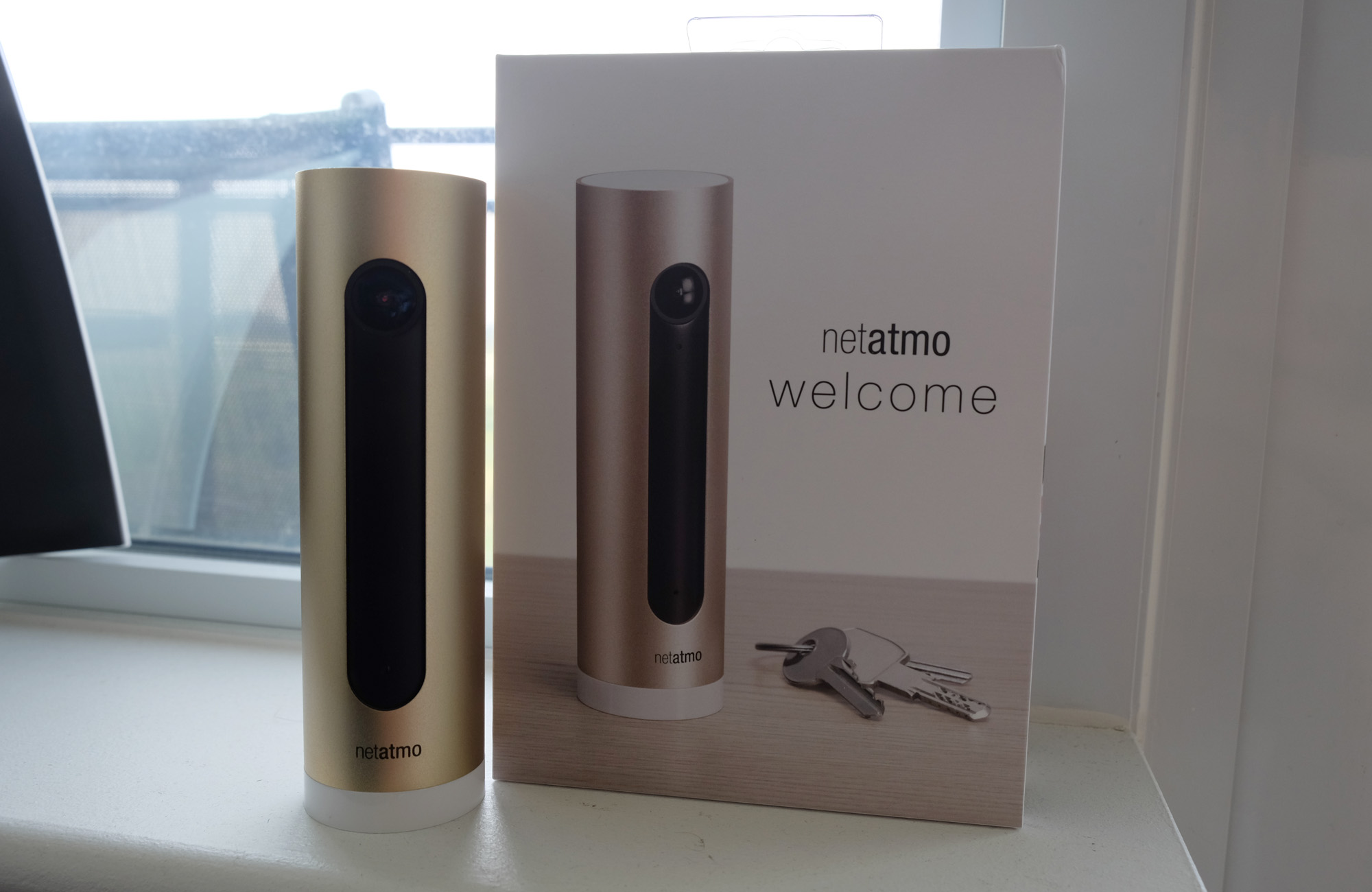
Netatmo Welcome
Sporting the same cylindrical design of Netatmo’s Weather Station, the Welcome camera’s main feature is face recognition. The idea being that it learns familiar faces from family members and friends, while alerting homeowners to intruders. Its effectiveness at identifying faces is a little suspect at times, because lighting and distance are factors in doing so.
Resolution: 1080p
Field of view: 130-degrees
Cloud subscription: None. Footage recorded locally to microSD card
Accessibility: iOS, Android and web browser
Price: $219
Pros: Easy setup; nice design; face recognition; night vision; no cloud-based subscription
Cons: Face recognition isn’t bulletproof; needs a flat surface to rest on; needs a higher-capacity microSD card (8GB comes in the box)
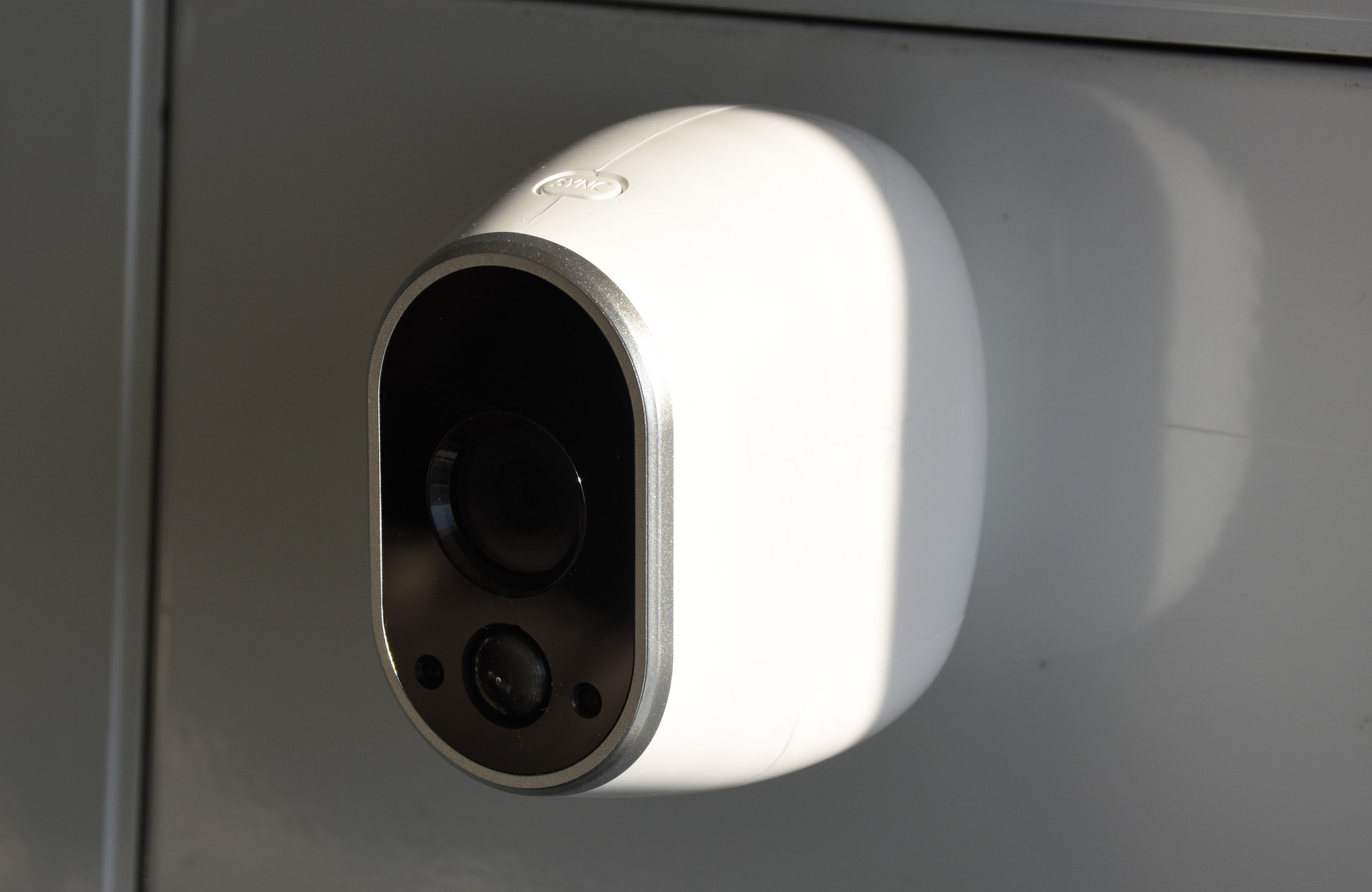
Netgear Arlo
An IP-based camera free of wires is compelling unto itself, and the Netgear Arlo manages to offer a demanding feature set in an untethered design. With a magnetic backing that can stick to any metal surface, plus wall mounts that offer even better angling, this is a solid option for home security with secrecy in mind. That could be used for nefarious reasons, too, but in utilizing it the right way, the Arlo is great — except you will need to stow extra batteries in a drawer.
Resolution: 720p
Field of view: 147-degrees
Cloud subscription: Free for last 12 hours, up to five saved videos. $49/year for two days; $99/year for seven days.
Accessibility: iOS, Android and web browser
Price: $270
Pros: Wireless; easier angling with magnetic ball mounts; night vision; wider angle; good recognition; rugged enough for outdoor use
Cons: Batteries need replacing every 3-6 months; not full 1080p; no microphone or audio capability
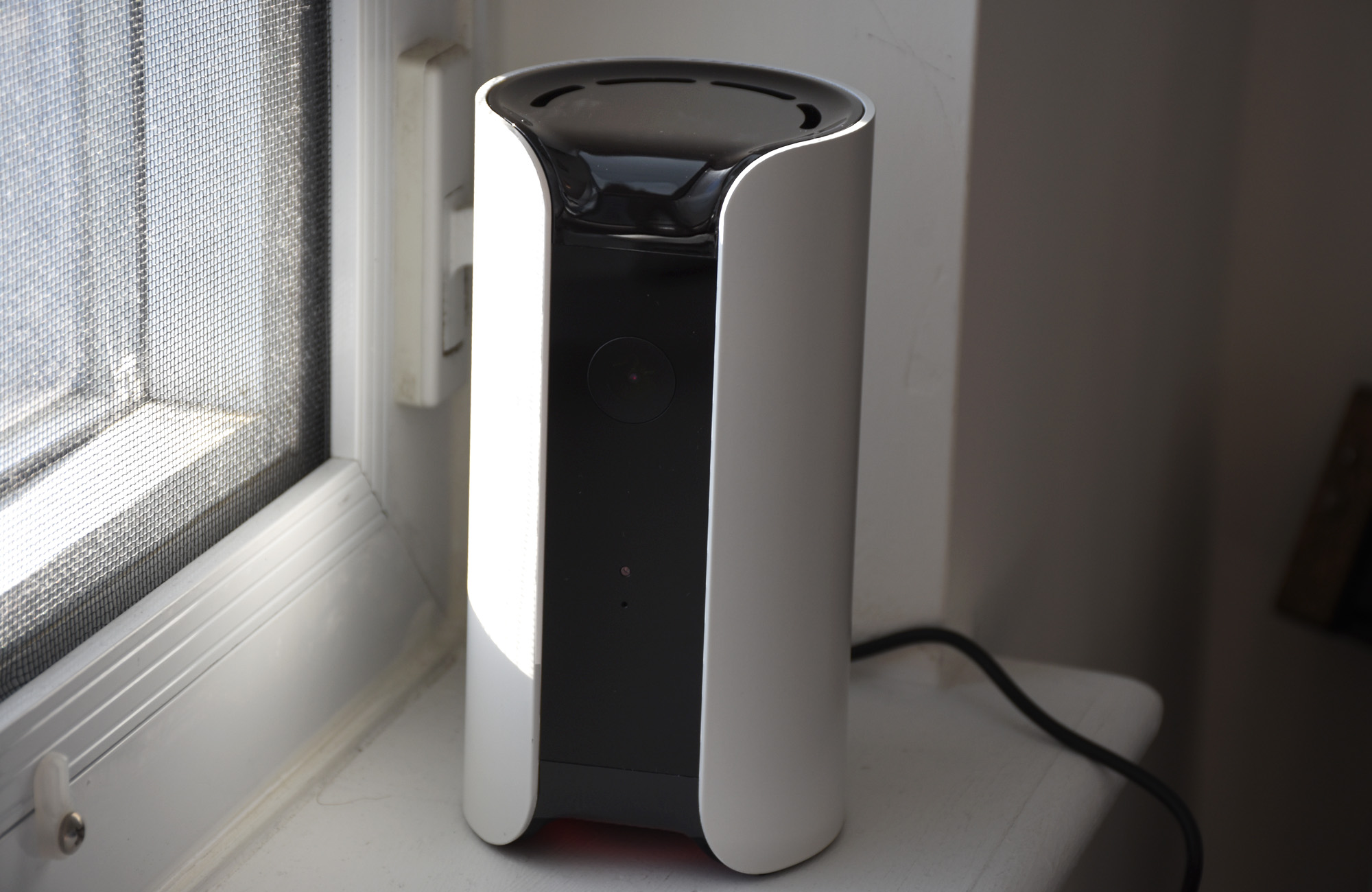
Canary
Being an “all-in-one” IP camera means the Canary is not only a live eye, but also includes humidity and temperature sensors. With a cylindrical design that looks classy and can fit in most places, the one caveat is that it needs a flat surface and a power outlet nearby — points that affect other cameras, too. Meant to be smarter than usual, this camera is supposed to deliver more intelligent notifications, though they can be excessive.
Resolution: 1080p
Field of view: 147-degrees
Cloud subscription: Free for last 12 hours, up to five saved videos. $49/year for two days; $99/year for seven days
Accessibility: iOS, Android and web browser
Price: $270
Pros: Easy setup; nice design; wider angle; night vision; free storage option; good recognition; humidity and temperature readings; loud siren
Cons: Notifications need restraint; too sensitive to movement sometimes; needs a flat surface to rest on with power outlet nearby
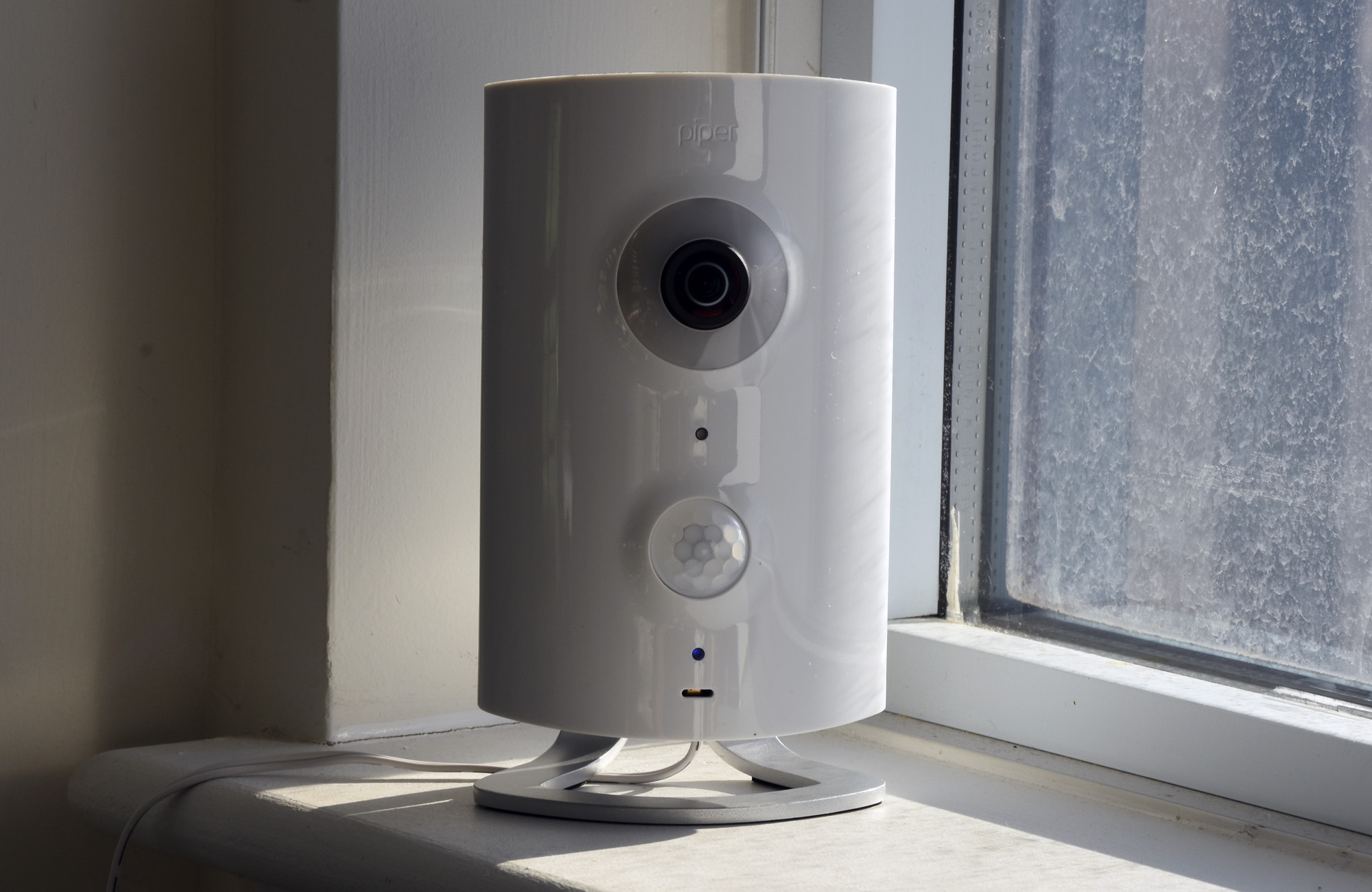
Icontrol Piper NV
The Piper NV isn’t a big leap from its predecessor, though it does boast night vision, a higher 3.4MP image sensor and faster processor. Beyond that, this is the essentially the same device, right down to the form factor — and coming in black, if you want it. In addition to the camera functions, the Piper NV can keep tabs on weather and is designed to be a hub to control other Z-Wave home automation devices. There is no browser support, but the app is pretty good at keeping tabs on everything, even if video quality loses a little sharpness on Wi-Fi.
Resolution: 1080p
Field of view: 180-degrees (fish-eye)
Cloud subscription: None. Records 30-second snippets on motion detection.
Accessibility: iOS and Android (no browser)
Price: $300
Pros: Easy setup; nice design; no subscription; very wide angle; night vision; humidity and temperature readings; good microphone and speaker; Z-Wave hub; IFTTT support coming in March
Cons: Uploading footage takes too long; no browser support; video is far better with wired Ethernet; can’t separate rules for multiple Pipers
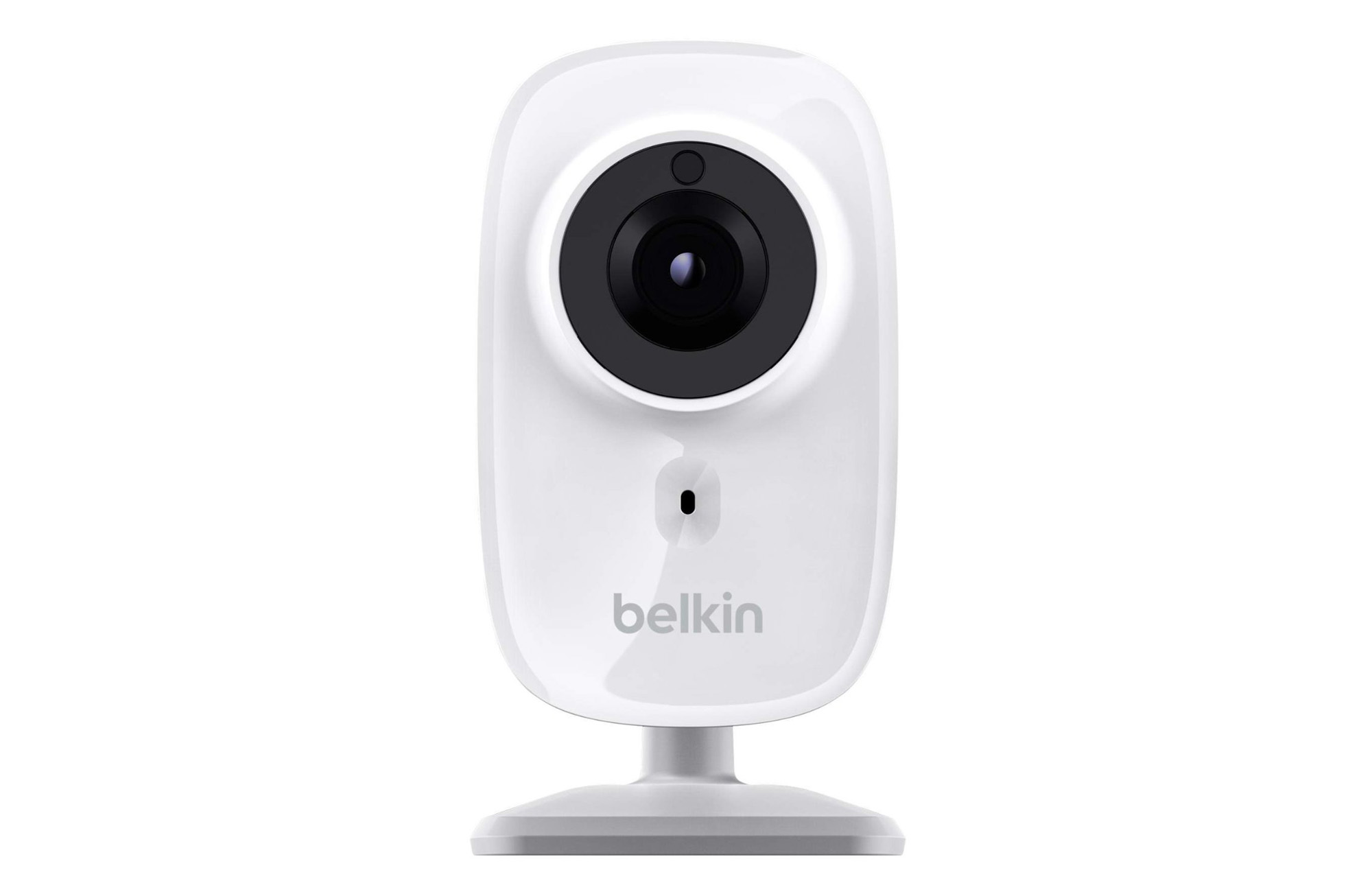
Belkin NetCam HD+
Having been on the market since 2014, the Netcam HD+ has become a real budget-friendly option for home surveillance. It lacks the sophistication of others in the category, but makes up for it with two-way audio, night vision and WeMo home automation integration. It also has pretty good image quality, despite being 720p and at much narrower angle. Getting motion notifications, however, requires a monthly subscription, which also includes recording footage to the cloud.
Resolution: 720p
Field of view: 95-degrees
Cloud subscription: Free trial for 30 days. $10/month or $100/year for 14 days
Accessibility: iOS, Android and web browser
Price: $140
Pros: Affordable; easy setup; night vision; two-way audio; WeMo compatibility
Cons: Subscription required to record; narrow angle; needs a flat surface to rest on with power outlet nearby; app needs an update
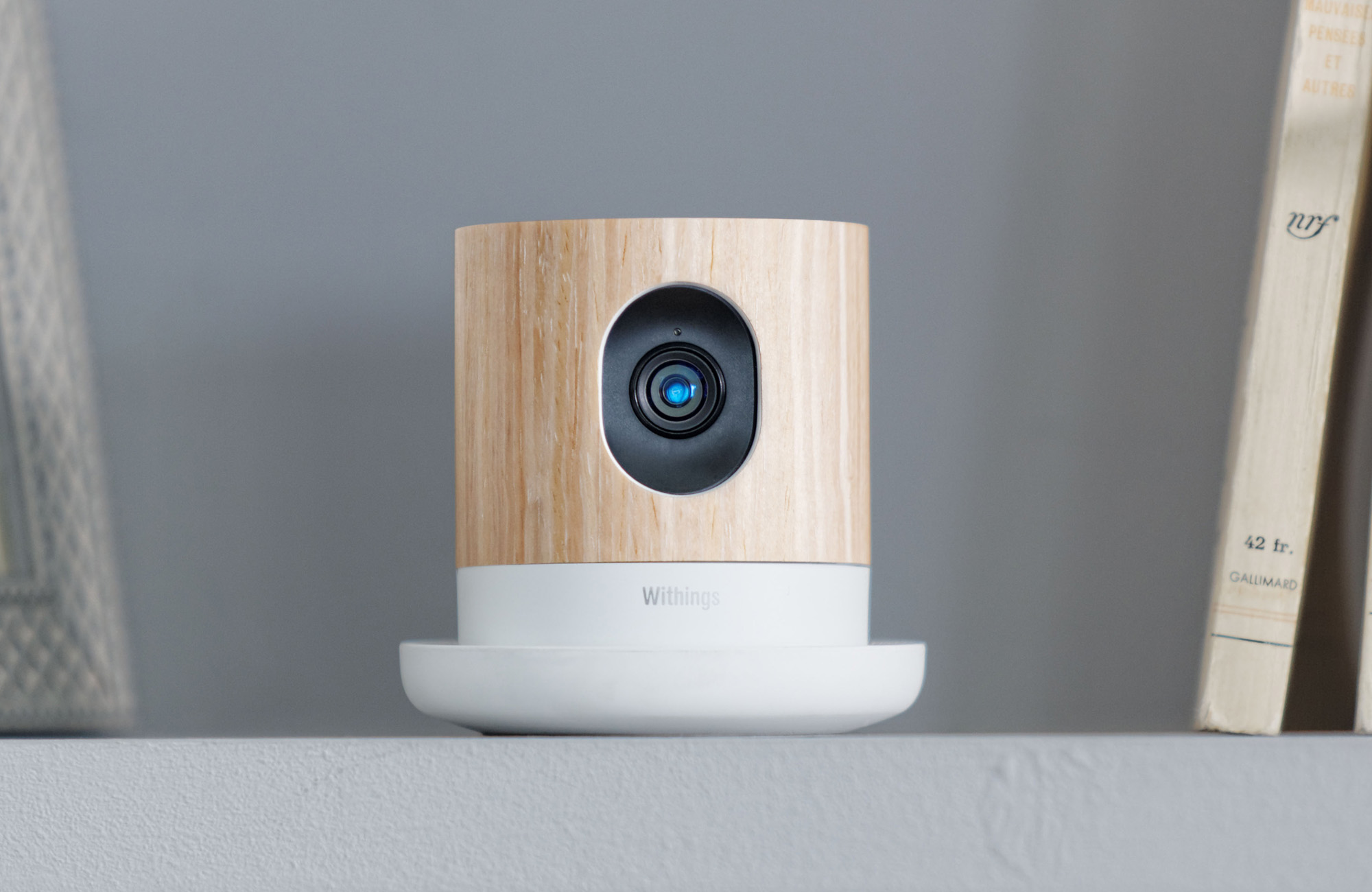
Withings Home
Withings’ first real crack at a home security camera looks great, yet swings back and forth in its feature set. It sees in 1080p, has night vision, senses motion, tracks air quality and has solid two-way audio, but doesn’t record any footage nor have IFTTT functions yet. The motion sensing is almost too good, alerting you even when it sees a shadow form through a window when the sun hides behind the clouds. Needless to say, it leads to a number of false alarms.
Resolution: 1080p
Field of view: 135-degrees
Cloud subscription: None. No way to record or save footage, only time-lapsed images over 30 days
Accessibility: iOS and Android
Price: $250
Pros: Easy setup; great design, magnetic base; night vision; two-way audio; air quality sensor; HomeKit compatible
Cons: No web support; no video recording option; too sensitive with motion; still not working with IFTTT
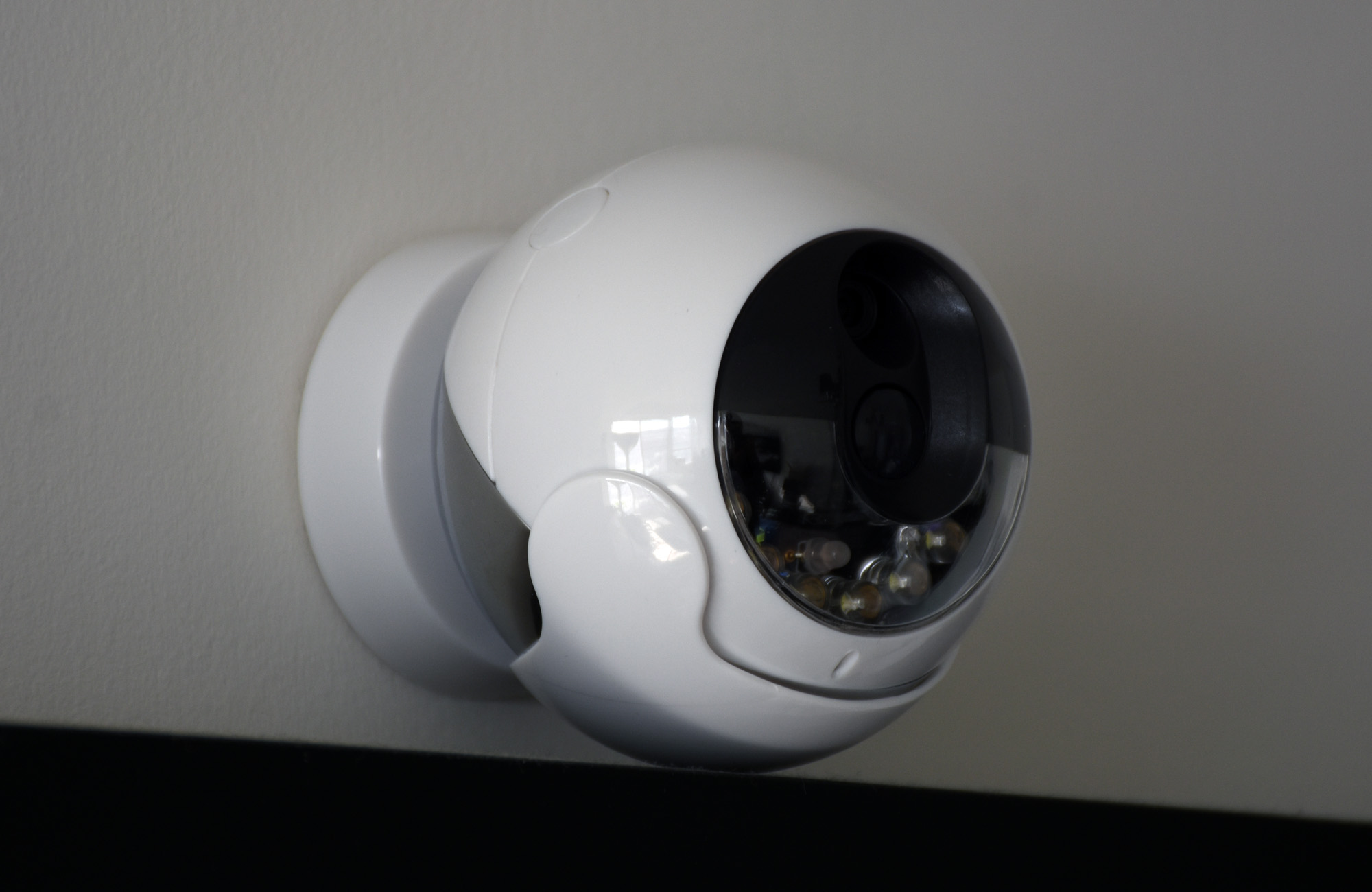
Homeboy
The lack of HD video might disqualify the Homeboy from serious consideration, but it still has the chops to compete. Rather than livestream what it sees, it sends smaller clips of between five-to-30 seconds long when it senses motion instead, thereby taking up less bandwidth — and less battery life. The rechargeable battery can last up to three months, depending on usage patterns, which can be helped by utilizing the GPS features to turn off notifications when at home.
Resolution: 480p
Field of view: 82-degrees
Cloud subscription: Free to view last 12 hours of video. Premium is $5/month or $50/year for 30 days of video
Accessibility: iOS, Android and Windows Phone
Price: $150
Pros: Affordable; easy setup; magnetic mount; rechargeable battery; night vision; two-way audio; deep IFTTT support
Cons: No HD video; no livestreaming
So which one is best?
Each of these cameras has its strengths, and that’s why one might be a better choice than another, depending on what your need is. The Arlo and Homeboy are ideal for more unfettered deployment because of their wireless capabilities. The Nest Cam has great image quality, while the Piper NV has the widest angle to see more than any of the others.
All of them are good at what they do, and look good doing it. The Arlo is the best for wireless use, while the Nest Cam, Piper NV and Canary may be the standouts for wired setup, even though you sacrifice something with each one.
MobileSyrup may earn a commission from purchases made via our links, which helps fund the journalism we provide free on our website. These links do not influence our editorial content. Support us here.


